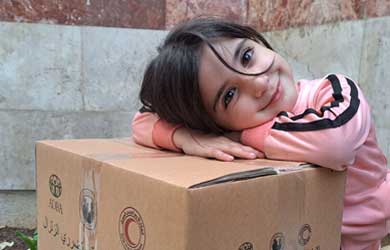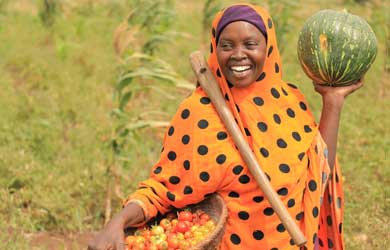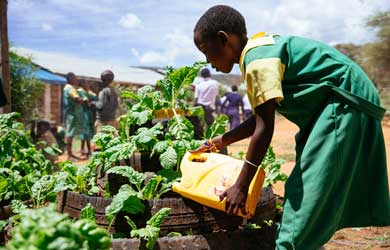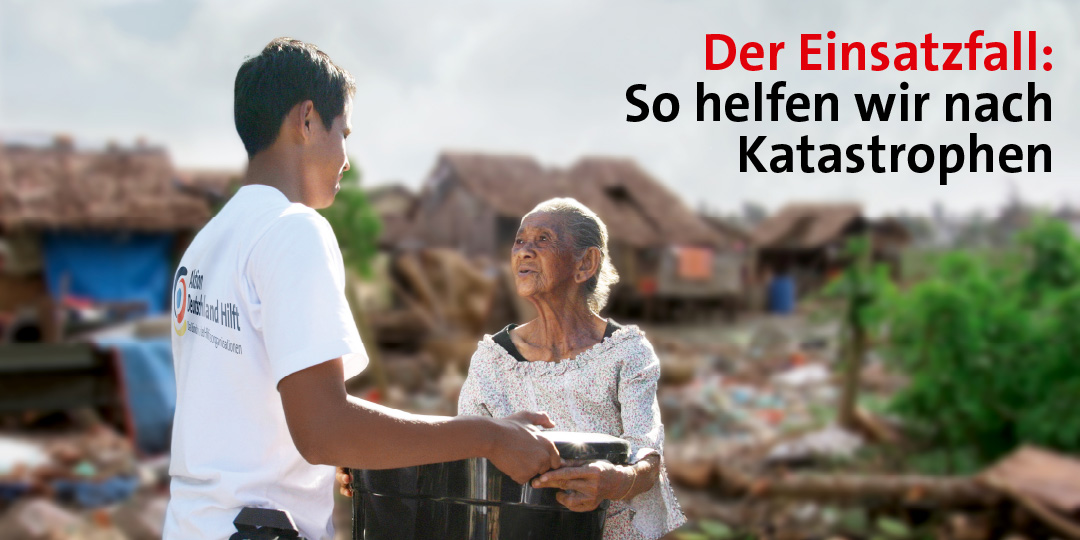Emergency assistance is less needed when safety nets and preventive care mechanisms are in place in a country. Income transfer payments in times of need are one plausible element of that. The provision of (conditional) cash transfer to the poor has generated remarkable support as the impacts indeed strikes multiple cords. Families receive a cash payment in exchange of accepting free preventive care, nutritional and hygiene talks, immunizations, and pre and post- natal care. Most of the conditional cash transfers target women and children and there is evidence that such women empowerment benefits children and the entire family. Starting the preventive actions since the very beginning of life through promotion of breastfeeding and complementary feeding are seen as less expensive but found to be the most effective preventive intervention in combating child mortality (12). Preventive health and nutrition interventions should also be integrated with other sector such as access to clean water and sanitation services. Protecting nutrition should also be in tandem with new investment in agriculture through innovation such as biofortification (13) and biofertilization, and developing breeding programs.

It is sometimes asked, why is it so urgent to intervene in a crisis? We must note, when the symptoms of hunger are already visible, it is actually already too late to successfully intervene. Media need a new perspective regarding hunger crises. They must inform more about the invisible hunger and nutrition problems before it is too late for the hungry poor.
The stories told above based on recent research can be interpreted from a positive or a negative angle: if nutrition deficiencies are addressed without delay early in life, there are chances for good outcomes; the flip side of this is: if nutrition is impaired by a crisis early in life even briefly, the long term consequences are severe. Therefore more sense of urgency is needed to prevent such consequences. The hungry poor have no time to wait.
(1) Quisumbing and Claverty, 2005. IFPRI, Washington, D. C.
(2) Bhutta et al., 2008. The Lancet, 371(9610): 471-440
(3) Gill and Stewart, 2011. Women’s Health Issues, 21(1): 12-18.
(4) Alderman et al., 2006. Oxford Economic Papers 58: 450-474
(5) Vitora et al., 2008. The Lancet, 371(9609): 340-357
(6) Hoddinott et al, 2008. The Lancet, 371(9610):411-416.
(7) Barker, 1997. British Medical Bulletin, 53(1): 96-108.
(8) Vitora et al. 2008, The Lancet, 371(9609): 340-357
(9) E. Field et al., 2009. American Economic Journal: Applied Economics, 1(4): 140-169.
(10) Prado, et al., 2012, Pediatrics, 130(3): e536-e546
(11) Amozou et al., 2012, The Lancet, 380(98548): 1169-1178.
(12) Jones et al., 2003. The Lancet, 362: 65-71.
(13) G. Tang et al., 2012. American Journal of Clinical Nutrition, 96: 658-664.
- Seite 1
- Seite 2
© Bündnis deutscher Hilfsorganisationen: Spenden & helfen
Schirmherr & Kuratoriumsvorsitzende

Bundespräsident a. D. Horst Köhler & Außenministerin Annalena Baerbock: Erfahren Sie mehr!
Spendenkonto Nothilfe weltweit
IBAN: DE62 3702 0500 0000 1020 30
Stichwort: Nothilfe weltweit
Bildergalerien
Der Einsatzfall: So helfen wir nach Katastrophen
Geschichte des Bündnisses: Unsere Hilfseinsätze
Infografiken
Jeder Beitrag zählt: Der Weg Ihrer Spende
Multimedia
Podcast: Geschichten aus unserem Bündnis
Podcast: So funktioniert Aktion Deutschland Hilft
Reportage: 20 Jahre Aktion Deutschland Hilft
Weitere Informationen
Transparenz & Kontrolle: Warum Sie uns vertrauen können
Stiftung Deutschland Hilft: Satzung








